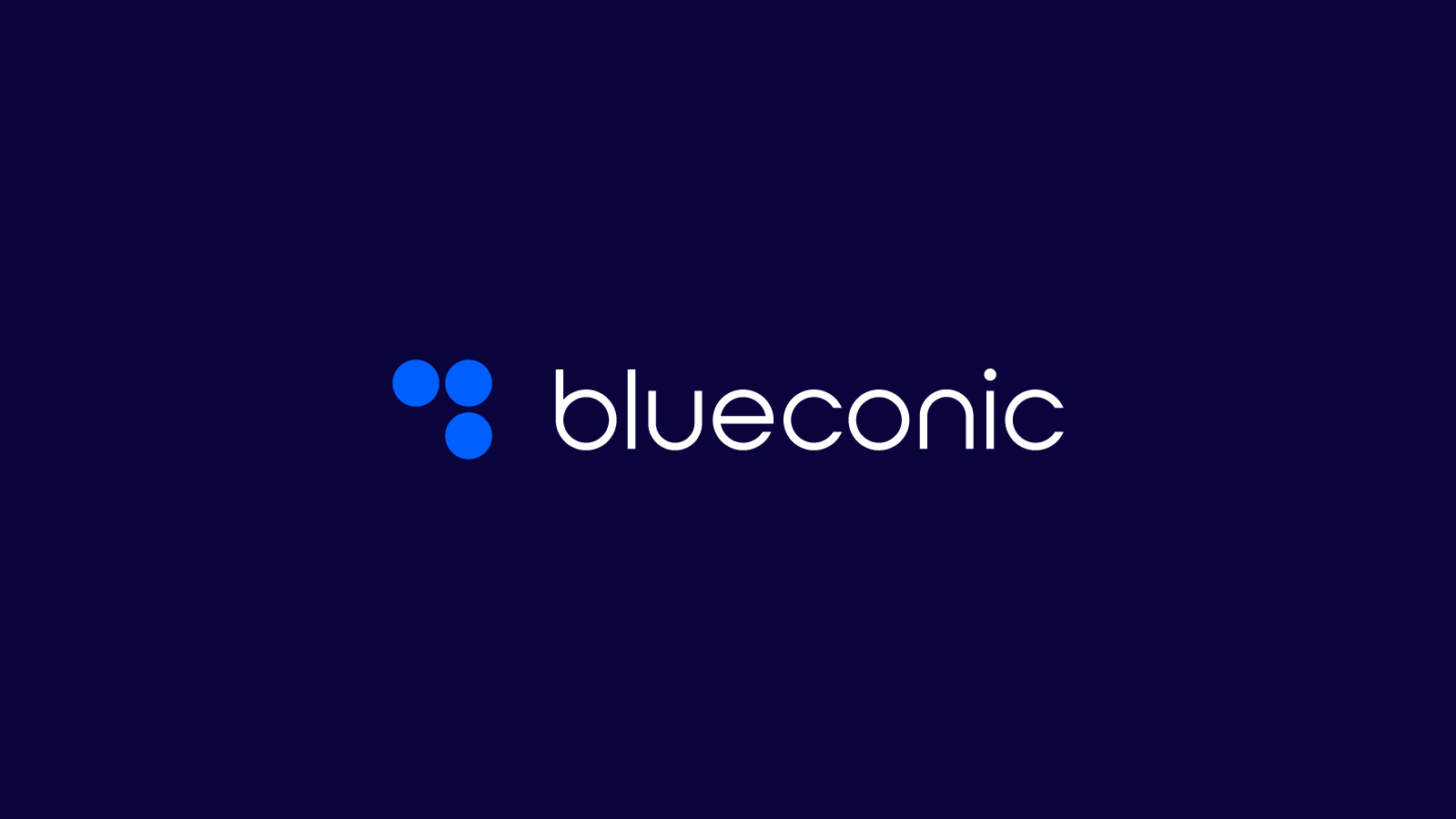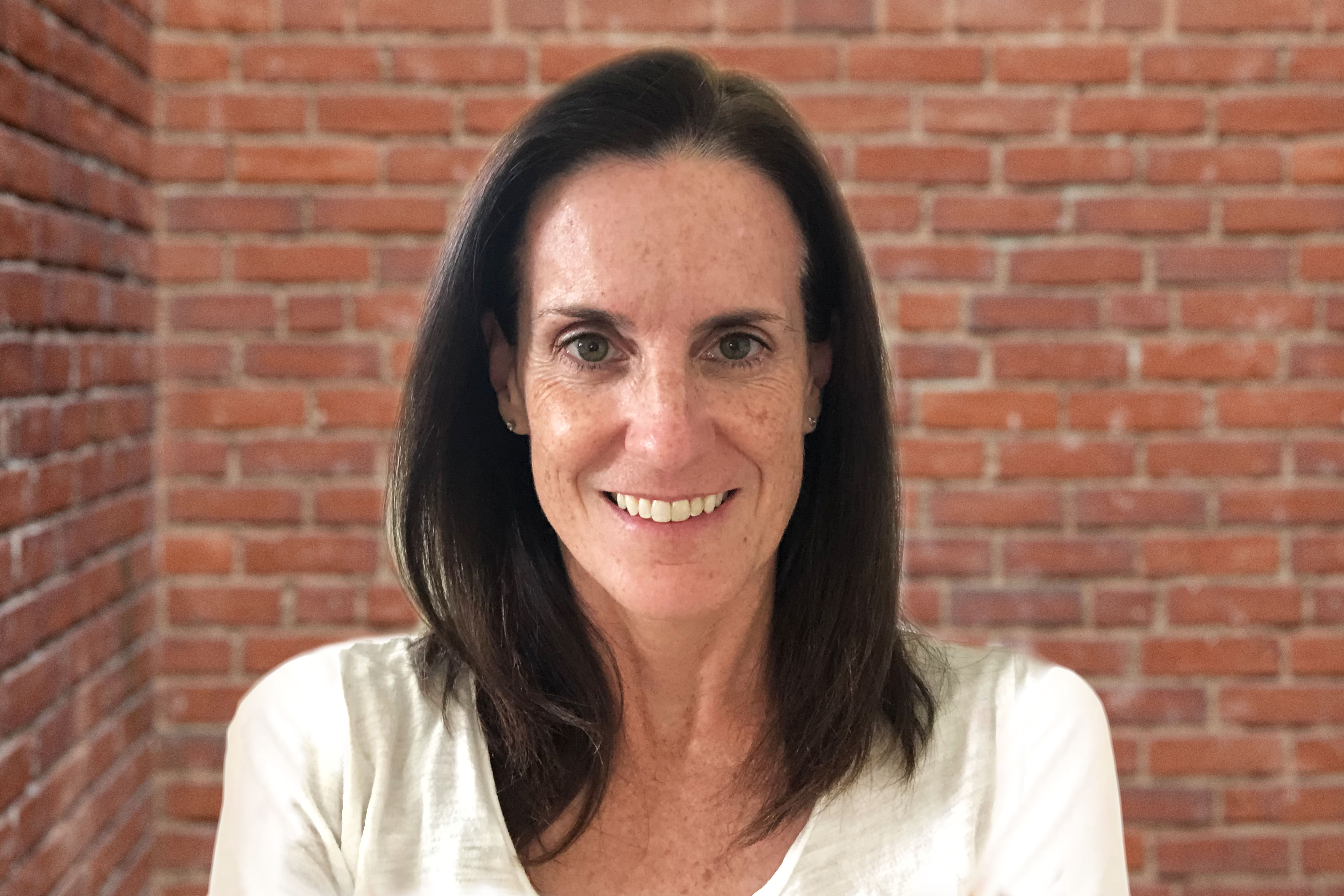Much has been written about the impact of third-party data deprecation, growing consumer data privacy regulations, and the urgency to move to first-party data. In some ways, the insurance industry has an advantage over others due to the sheer amount of first-party data it collects in the normal course of business. This data contains detailed information such as customers’ online behavior, propensity to buy, customer lifetime value (CLV), marketing consent status, and more.
The problem is the data is siloed in legacy systems that store data and recognize customers in their own unique way. As a result, marketing, customer experience, digital product, and other departments responsible for driving business growth are at the mercy of overburdened IT teams and costly external agencies to dictate what, when, where, and how they can use data to orchestrate customer experiences.
To combat these operational inefficiencies and transform their business, insurance companies need to reassess their priorities and take action to modernize their infrastructure for today’s digital world. This modernization is leading to widespread adoption of customer data platforms (CDPs) that not only create an actionable and privacy-compliant single customer view for the business, but also give that unified profile data back to growth-focused teams and their tools in a format they can use to gain insights and effectively orchestrate individualized experiences across all customer touchpoints in ways that weren’t possible before.
But abandoning legacy systems doesn’t come without its challenges. We sat down with BlueConic principal customer success manager, Nicky Peterse, to find out what those challenges are and how to overcome them.
Q: What are the challenges in modernizing legacy systems?
A: There are a number of challenges when modernizing legacy systems. First, it’s not just a system that‘s being replaced, it’s also a way of working. There are people, processes, and day-to-day workflows that are all built around that legacy system and the capabilities it offers. In reality, replacing a system is the easy part – the harder part is adapting to the new system to ensure you’re working in the most efficient and effective way possible.
For instance, since users are familiar with the legacy system, it’s critical to find a solution that’s easy to use, business friendly, and doesn’t require intense levels of training to use. Moreover, adding a new technology may also require process changes not just around the new system, but around all of the systems involved. Success requires both a transformational mindset, along with strong organisational alignment on who does what – from finance and IT down to the system users.
Second, modernizing legacy systems comes with a significant investment, especially if you need to keep the old system running in parallel with the new technology you are replacing it with. Before phasing out legacy technology, you may want to run the new system in tandem with the old to ensure it doesn’t create any gaps in your data or processes.
Lastly, security is a top concern for insurance companies and the financial industry at large. To minimise the risk of data leakage, ensuring greater levels involvement from security and IT departments when modernizing legacy systems should not be overlooked.
Q: What are the perks of legacy systems that you can’t leave behind?
A: When replacing legacy tech, it’s critical to understand what features and functionality need to be carried over to the new system. It’s costly to maintain two systems, so you need to ensure you’re replacing existing systems with tools that are more powerful, usable, and scalable. Holding on to a legacy system just for its perks means you may not have chosen the right technology to replace it with after all.
Q: How long will it take for legacy systems to go extinct, if ever?
A: It depends on the transformational impact of a new technology on the way you operate and your ability to reduce and/or eliminate your reliance on a legacy system or systems. That means taking a look at how you’re doing things today and what you need to change from a people and process perspective in order to use the new tool. For instance, does it have the flexibility you need to enable more efficient ways of working? Can you integrate data and make changes as required? Does it connect with a greater number of systems? Do you want to be able to respond in real time?
You also need to make sure you have a clear roadmap and buy-in from stakeholders for phasing out an old system. For instance, if the budget to replace a legacy system is spread out over three years, then it may take you three years to phase it out. A definitive roadmap and stakeholder buy-in can eliminate some of these bottlenecks and help keep your modernization efforts on track.
A customer data platform (CDP) like BlueConic can be the technology that pushes your insurance organization toward a transformative and truly customer-centric future. But like any technology, successful CDP adoption is tied to good change management. Check out our blog post for some tried and true change management tips to help ease the journey. And when you’re ready to learn more about we can help you transform how your business teams operate use data to interact with customers and drive growth, please don’t hesitate to contact us.






